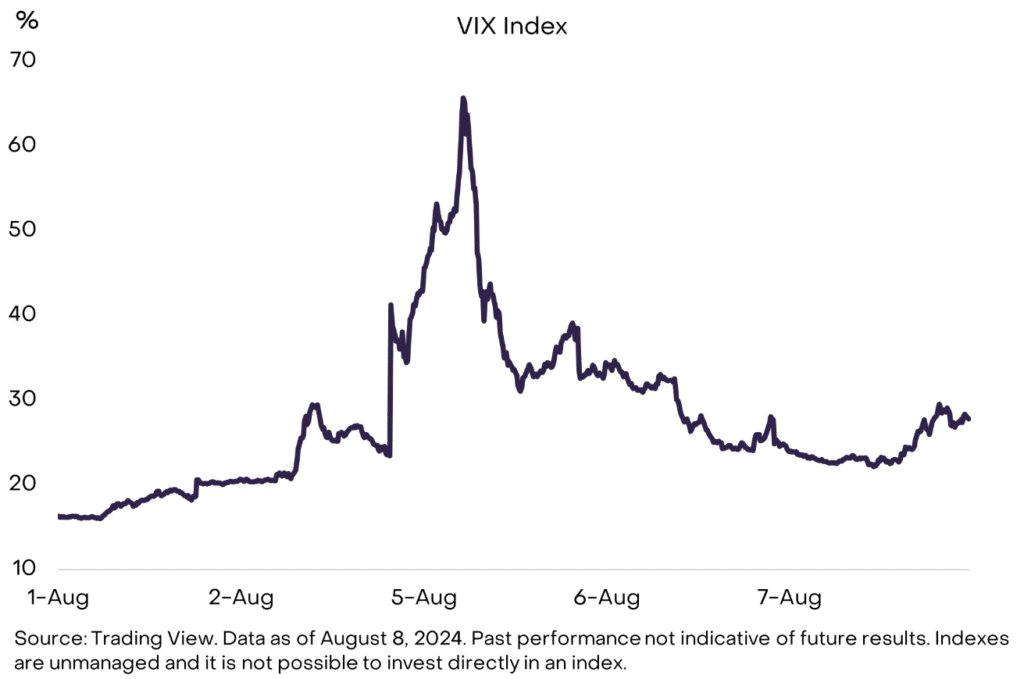Bitcoin could potentially retest its all-time high later this year should the U.S. economy avoid a recession, Grayscale Research says.
Despite the recent roller-coaster of volatility in the crypto market, analysts at Grayscale Research forecast that prices could climb higher in the coming months.
In an Aug. 8 research report, Grayscale analysts suggested that if the U.S. economy achieves a “soft landing” and avoids recession, token valuations could rebound, with Bitcoin (BTC) potentially revisiting its “all-time high later this year.”
“Shifts in the U.S. political landscape around the crypto industry may also reduce downside risks to valuations compared to past cycles.”
Grayscale
The firm pointed out that even in a weaker economic environment, downside risks may be “more limited” than in past cycles, citing steady demand from newly listed U.S. exchange-traded products and subdued altcoin returns as mitigating factors.

Looking ahead, market stability will hinge on upcoming macroeconomic data and central bank policies, Grayscale says, adding that events like the Federal Reserve’s September meeting and the Jackson Hole Symposium will likely to play a key role in shaping the environment.
Bitcoin wins in any scenario
Regardless of the scenario, Grayscale Research remains optimistic, suggesting that even a period of economic weakness could bolster the long-term investment case for Bitcoin, particularly in light of the ongoing “undisciplined approach” to monetary and fiscal policy.
As of press time, Bitcoin is trading above $60,000, having rebounded from a Monday dip that briefly saw its price fall below $50,000, per data from crypto.news. Bitcoin has thus far held its $50,000 support level, fueling speculation that whales are continuing to accumulate at current prices, which could signal potentially higher moves later on, especially as Bitcoin typically trades within a relatively low price range during September and October.



